THE latest play from acclaimed writer Satinder Chohan was supposed to run in May-June 2020 but was postponed due to the Covid pandemic, and finally premiered at Hampstead Theatre in London, where it’s currently being staged.
Salon owner Reita has worked hard all her life and dreams of moving away to something better. Meanwhile, her illegal salon beautician is looking for a husband to get permanent residency, her dutiful cleaner is stuck in a deeply abusive marriage and her rebellious young daughter is heading down the wrong path. Her elderly mother-in-law is battling past demons and reluctant to give up the family home Reita wants to sell. All the women dreaming of a new life have their little worlds collide in the simple salon.
The accomplished play, powered by a female cast and creative team, is driven by a free-flowing feminine energy. Humour and deep emotion blend seamlessly in a comedy-drama that is wonderfully staged in an intimate setting. The various sub-plots come together nicely to show different sides of the British Asian female experience across three generations, through unique characters. There are some hilarious one-liners, but also moments that take the audiences by surprise and raw emotions that bubble to the surface.
Director Pooja Ghai draws strong performances from her cast and has some clever little touches like a musical interlude featuring classic Bollywood song Lag Jaa Gale.
Kiran Landa has a commanding presence on stage as Reita and Anshula Bain adds electric energy with her performance as a troubled teenager. The other cast members perform their roles well, although it does take a little time to get used to Zainab Hasan’s accent as Tanwant. The ending may divide audiences, but that won’t stop this from being one of the year’s finest theatre plays.
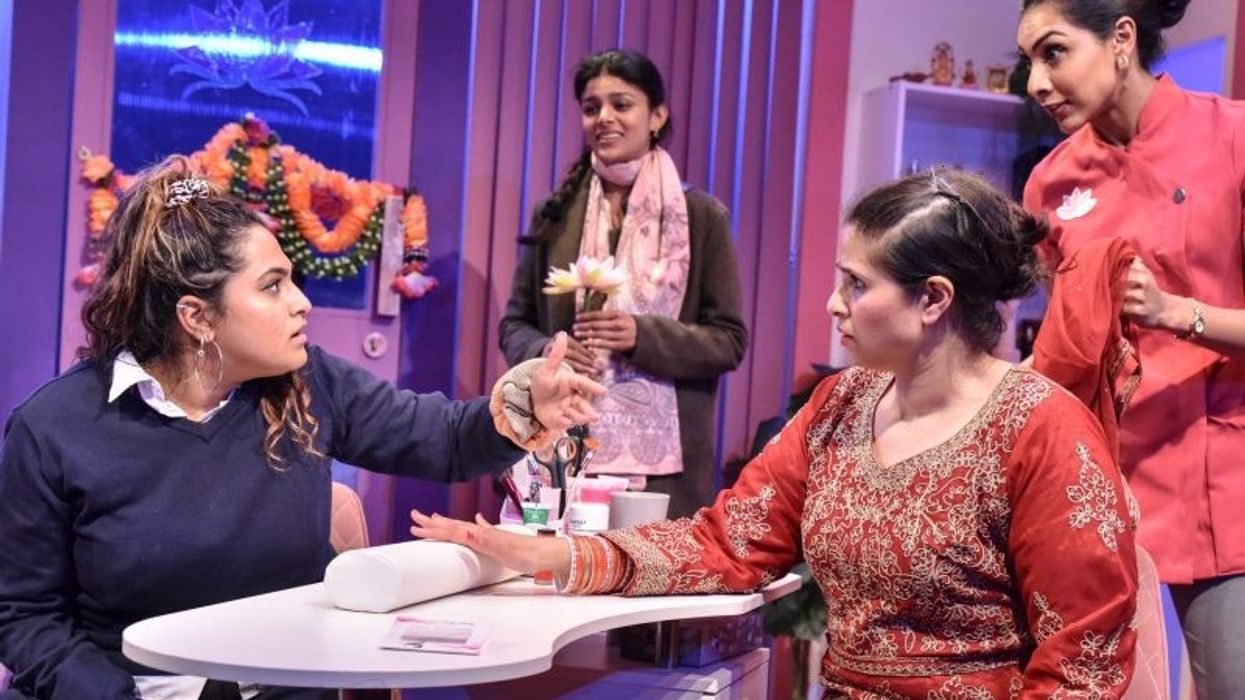




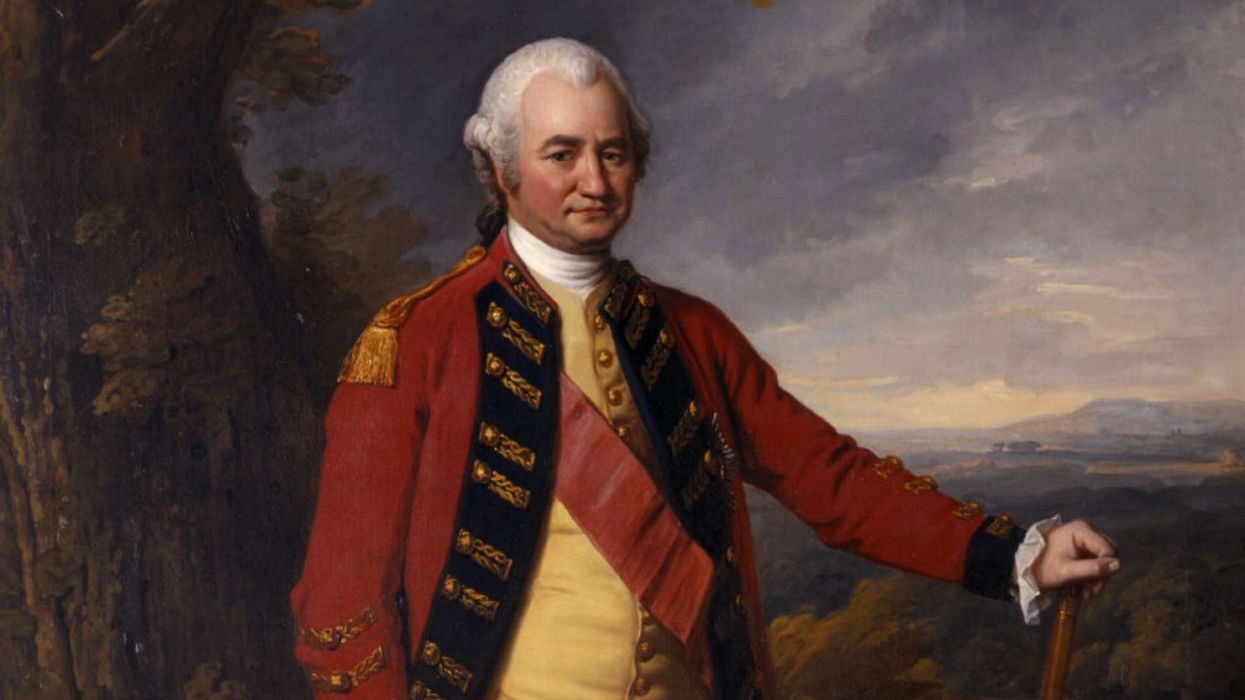
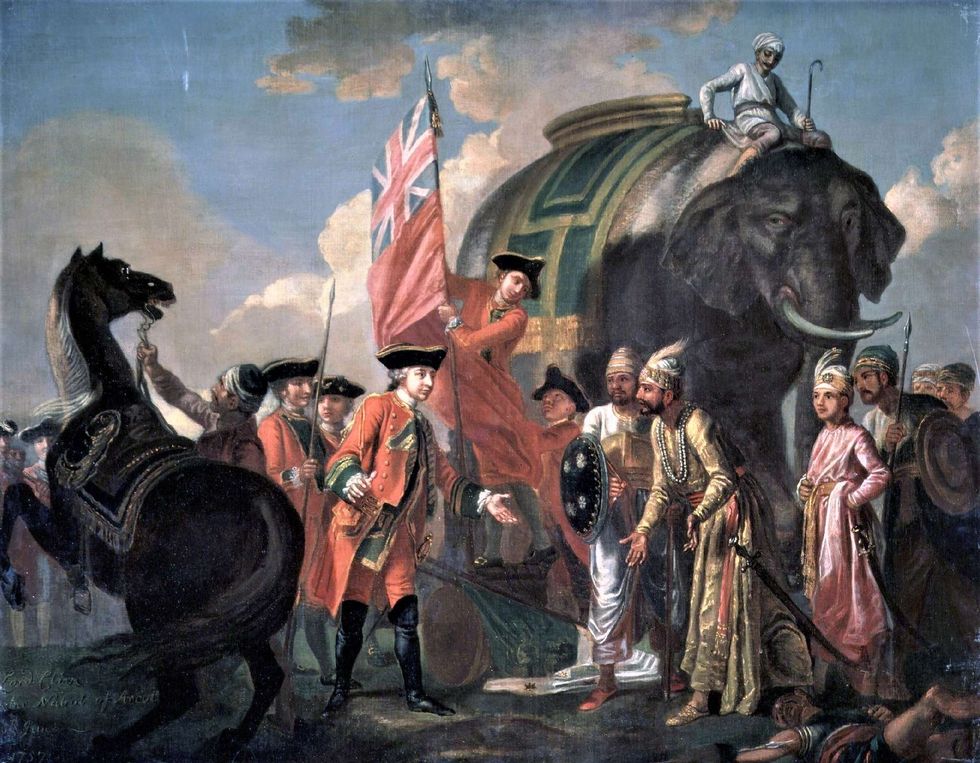 Clive meeting Mir Jafar after the Battle of Plassey 1757
Clive meeting Mir Jafar after the Battle of Plassey 1757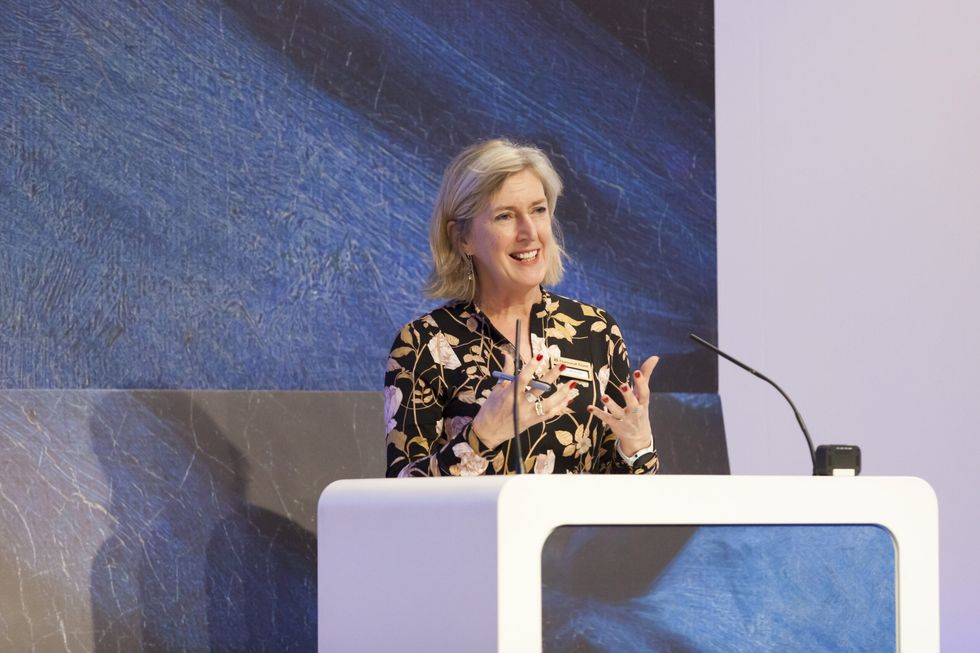 National Trust director general Hilary McGrady
National Trust director general Hilary McGrady 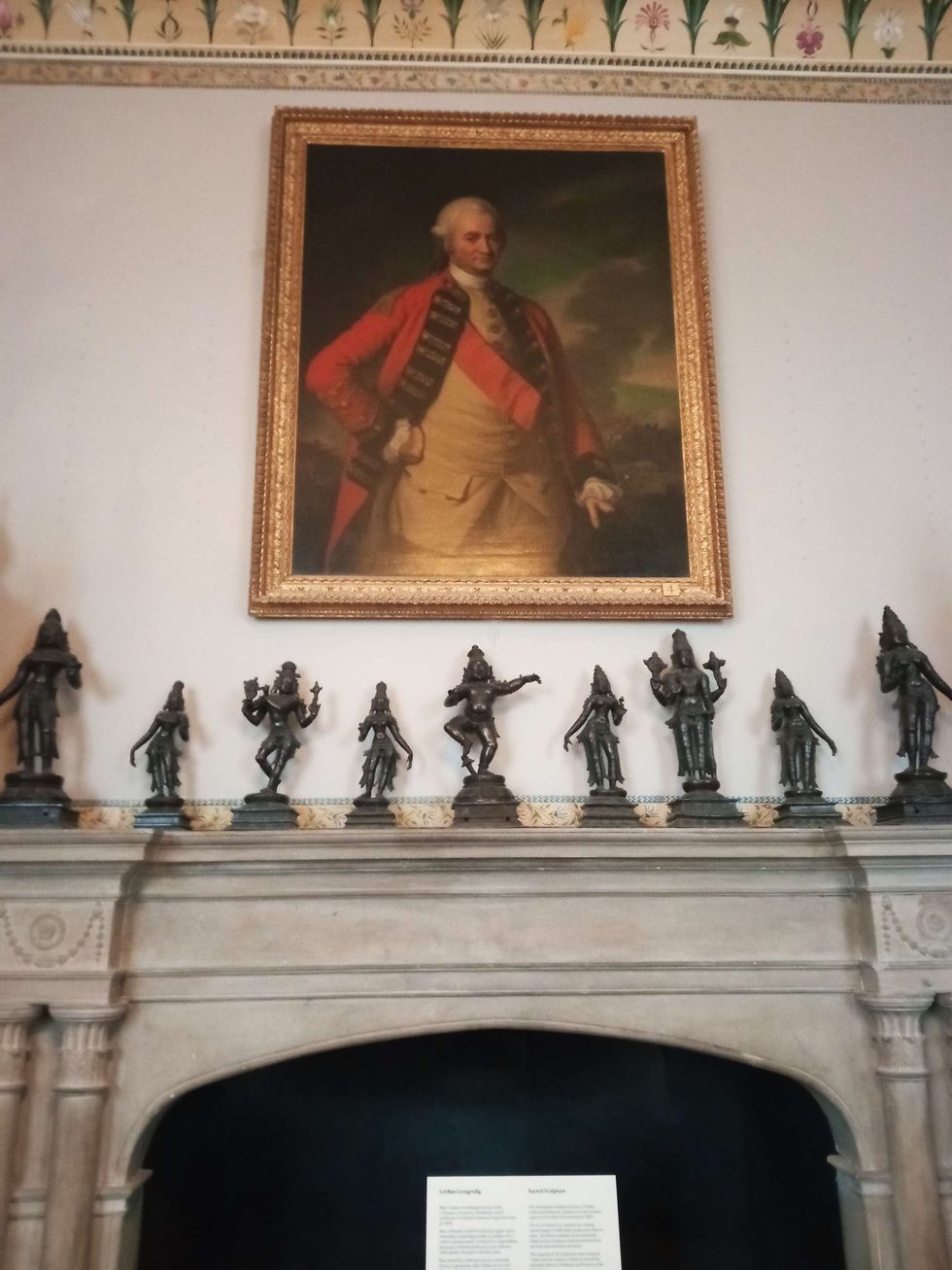 Powis Castle photo of four Clive dominates Hindu Gods
Powis Castle photo of four Clive dominates Hindu Gods  Clive of India at Foreign Office entrance
Clive of India at Foreign Office entrance 





